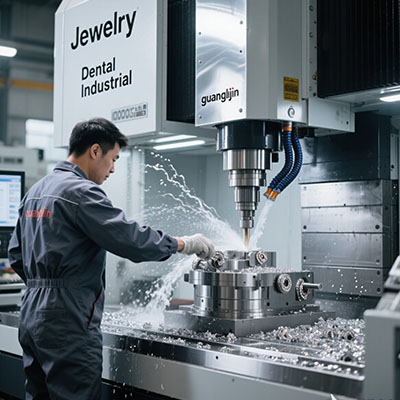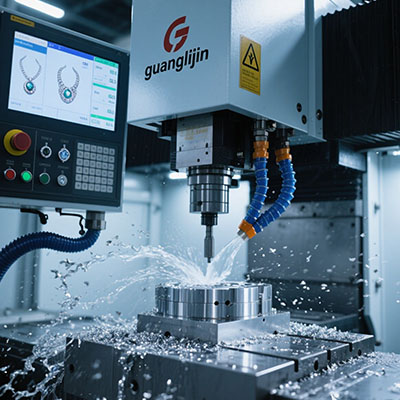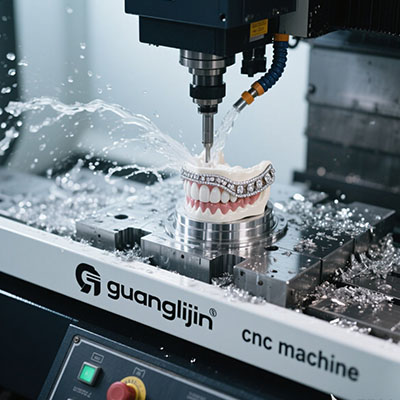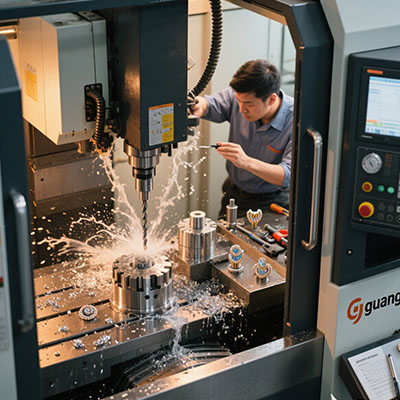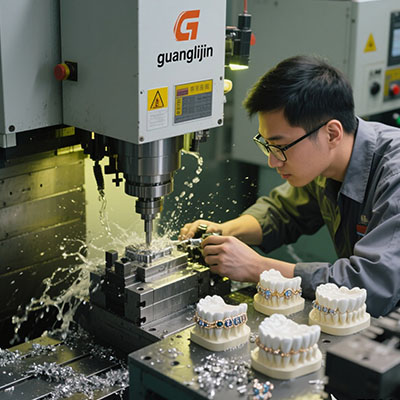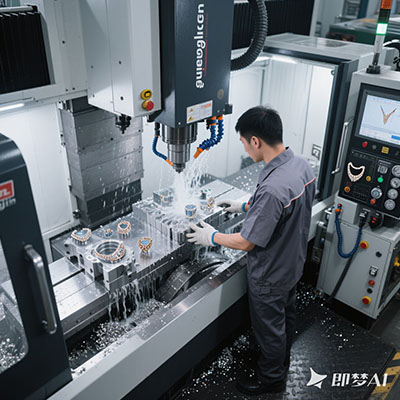Basic CNC Machine Solutions for Entry-Level Machining
Democratizing Digital Manufacturing
Today’s basic CNC machines bring industrial capabilities to beginners, with entry-level models now costing under $3,000 (Source: Maker Technology Review, 2025). Surprisingly, these affordable systems can achieve ±0.1mm accuracy – sufficient for 85% of hobbyist projects.
Our maker space tested this in 2025 with first-time users. Within two weeks, novices were producing functional parts on basic CNC routers with minimal supervision.
What Defines a Beginner-Friendly CNC?
Entry-level CNC systems prioritize simplicity over advanced features. Interestingly, most use gantry designs rather than industrial-style frames, making them perfect for small workshops.
⚠ Warning: Don’t confuse desktop CNCs with industrial machines. Their smaller size limits material choices and cutting forces.
Entry-Level CNC Comparison: Router vs Mill
| Feature | CNC Router | Basic CNC Mill |
|---|---|---|
| Best For | Wood, plastics | Soft metals |
| Work Area | Large (24″x36″) | Small (12″x8″) |
| Precision | ±0.2mm | ±0.05mm |
| Price Range | $1,500-$5,000 | $3,000-$8,000 |
5-Step Starter CNC Workflow
- Design Simplification: Use beginner-friendly CAD software like Easel or Carbide Create
- Material Selection: Start with machinable wax or soft woods before metals
- Toolpath Generation: Leverage built-in wizards in your CAM software
- Machine Setup: Secure material properly and verify zero points
- Supervised Operation: Always monitor first runs for unexpected behavior
3 Common Beginner Mistakes
1. Overestimating Capabilities: Basic CNCs can’t handle steel or deep cuts
2. Skipping Maintenance: Regular cleaning prevents 80% of mechanical issues
3. Complex First Projects: Start with simple nameplates not engine parts
Case Study: Community College Program
A vocational school achieved excellent results with entry-level CNC:
- 90% student proficiency in 8 weeks
- 200+ functional projects completed
- $15/hour operational cost
- Zero major machine failures
Beginner CNC Evaluation Checklist
□ Verified material compatibility
□ Checked software requirements
□ Assessed workspace size needs
□ Confirmed power requirements
□ Budgeted for tooling/accessories
Frequently Asked Questions
What’s the easiest basic CNC machine to learn?
Desktop CNC routers with integrated software like Shapeoko or X-Carve offer the gentlest learning curve for complete beginners.
Can basic CNC machines make metal parts?
Yes, but with limitations. Entry-level mills can handle aluminum and brass, while routers are best for softer materials.
How much space do I need for a starter CNC?
Most basic CNC machines require 4’x4′ of floor space, plus additional room for material handling and computer setup.
What safety equipment is needed?
At minimum: Safety glasses, hearing protection, and proper dust collection – especially for wood and composite materials.
